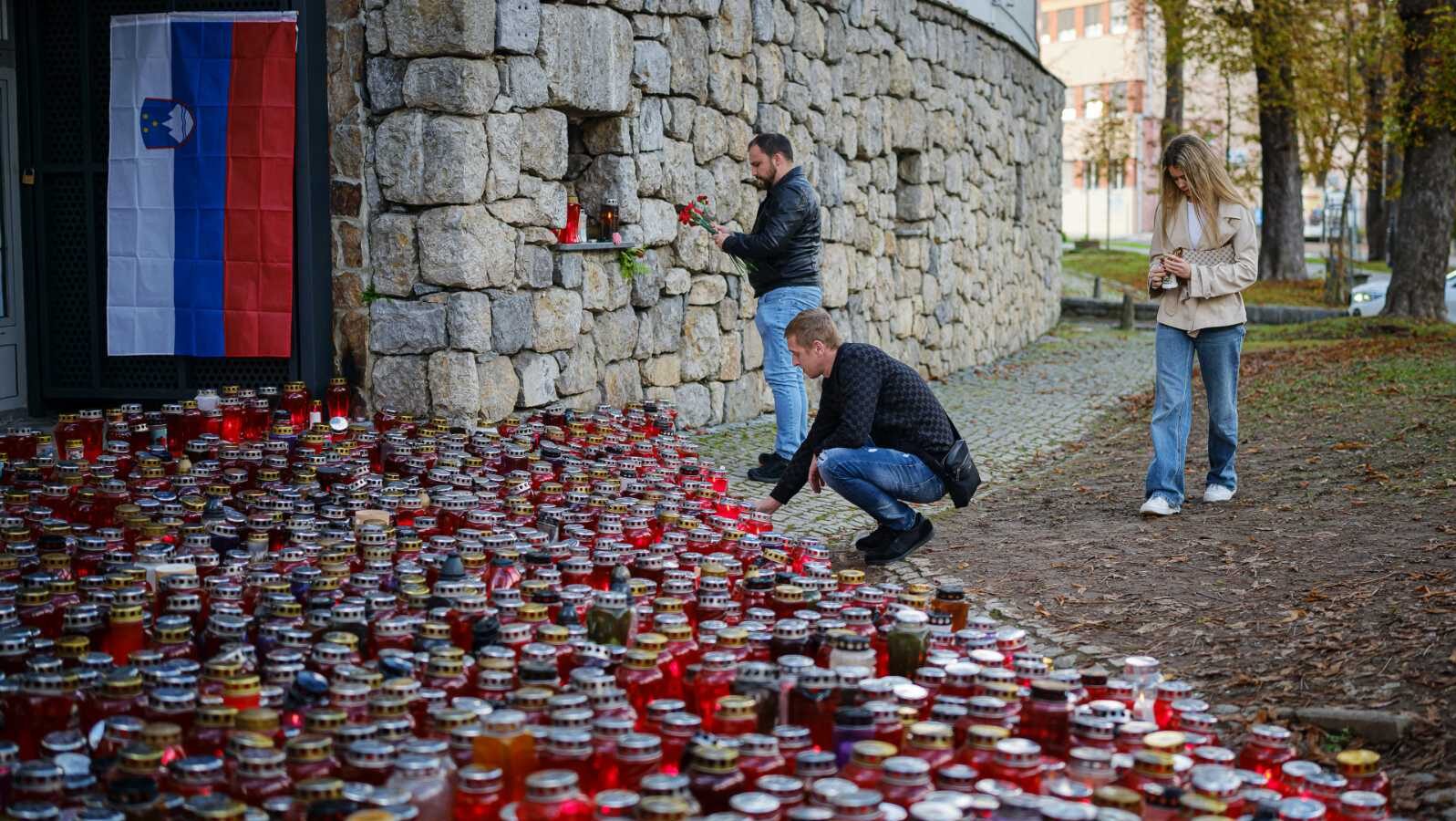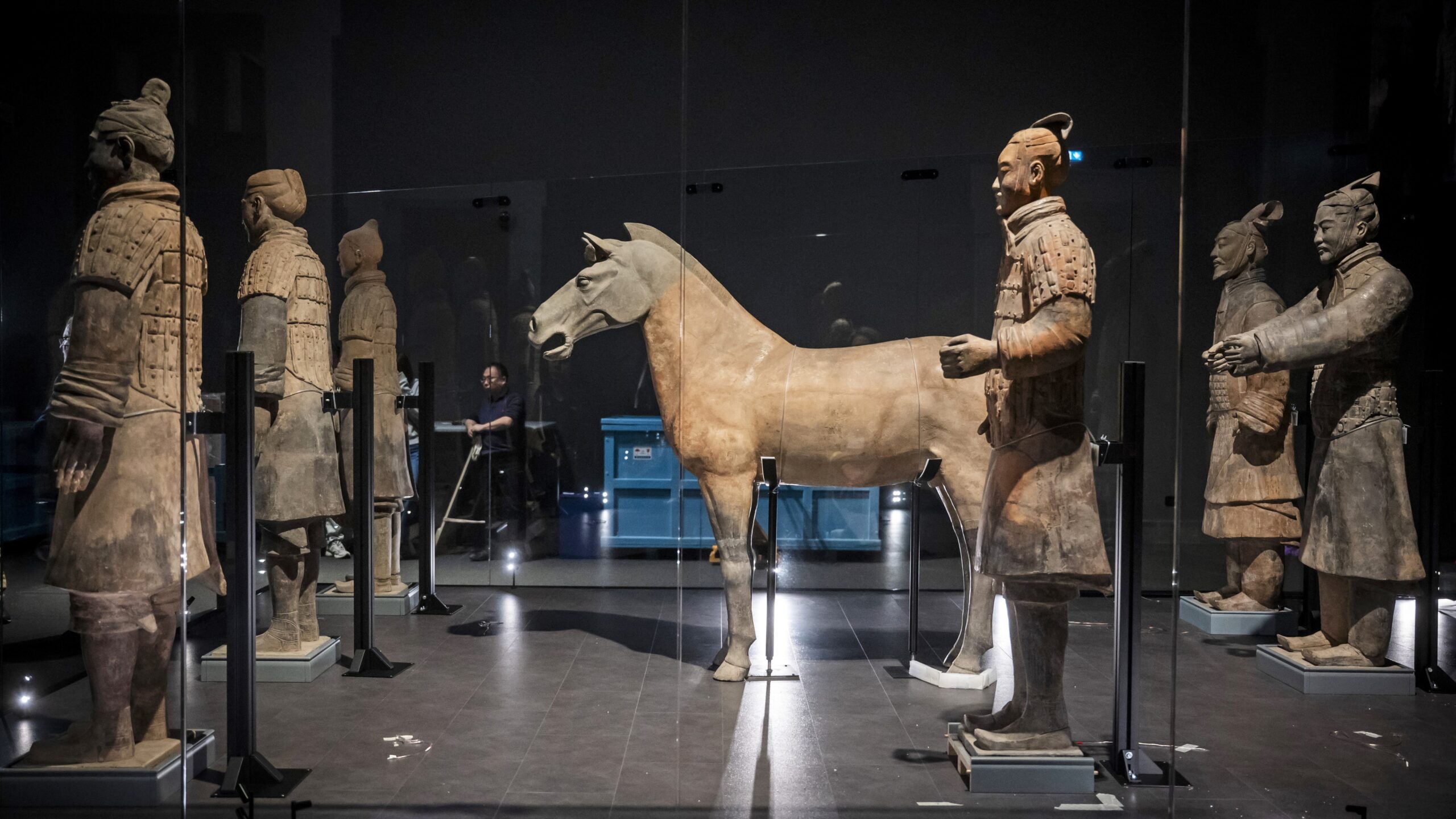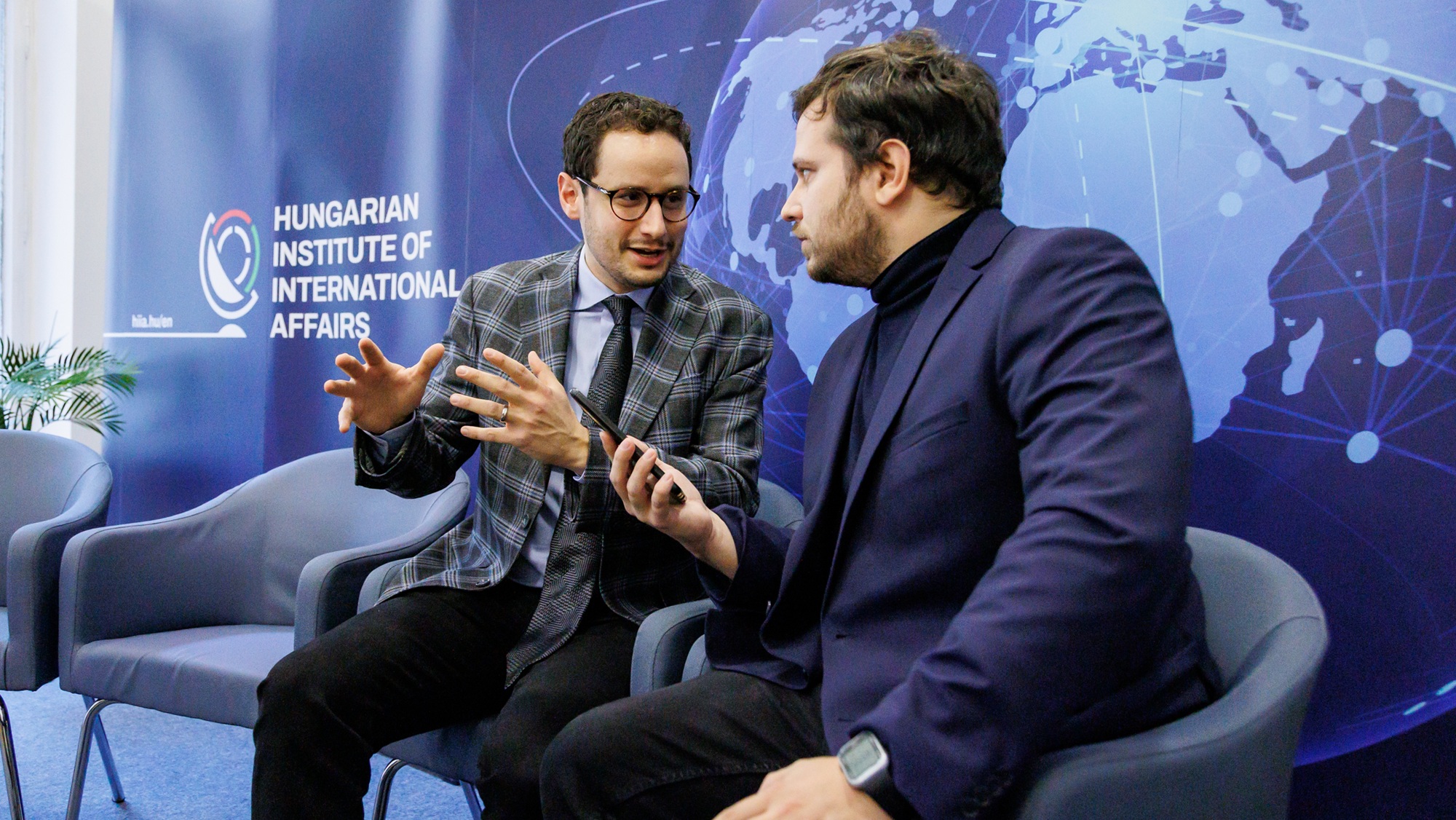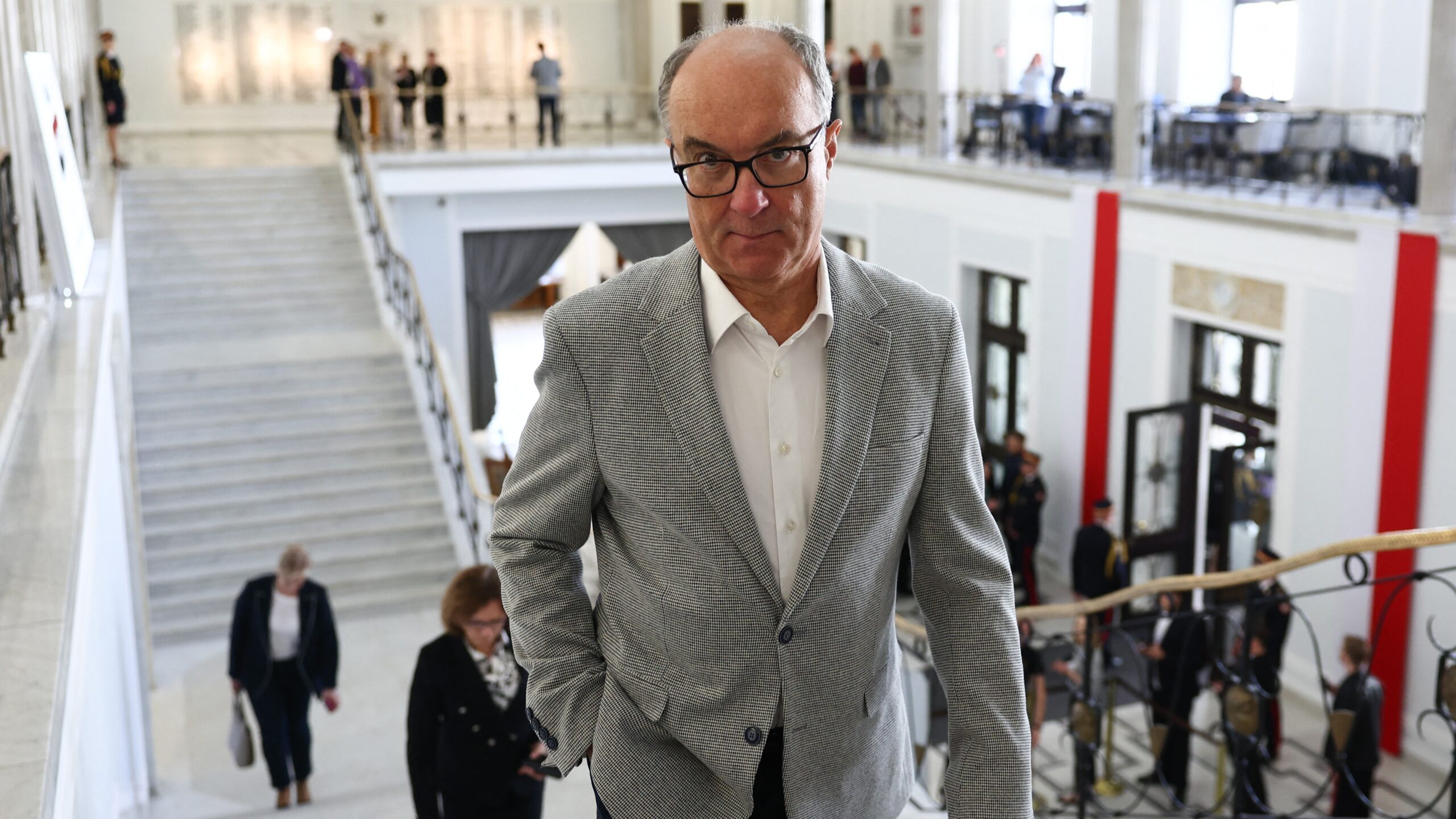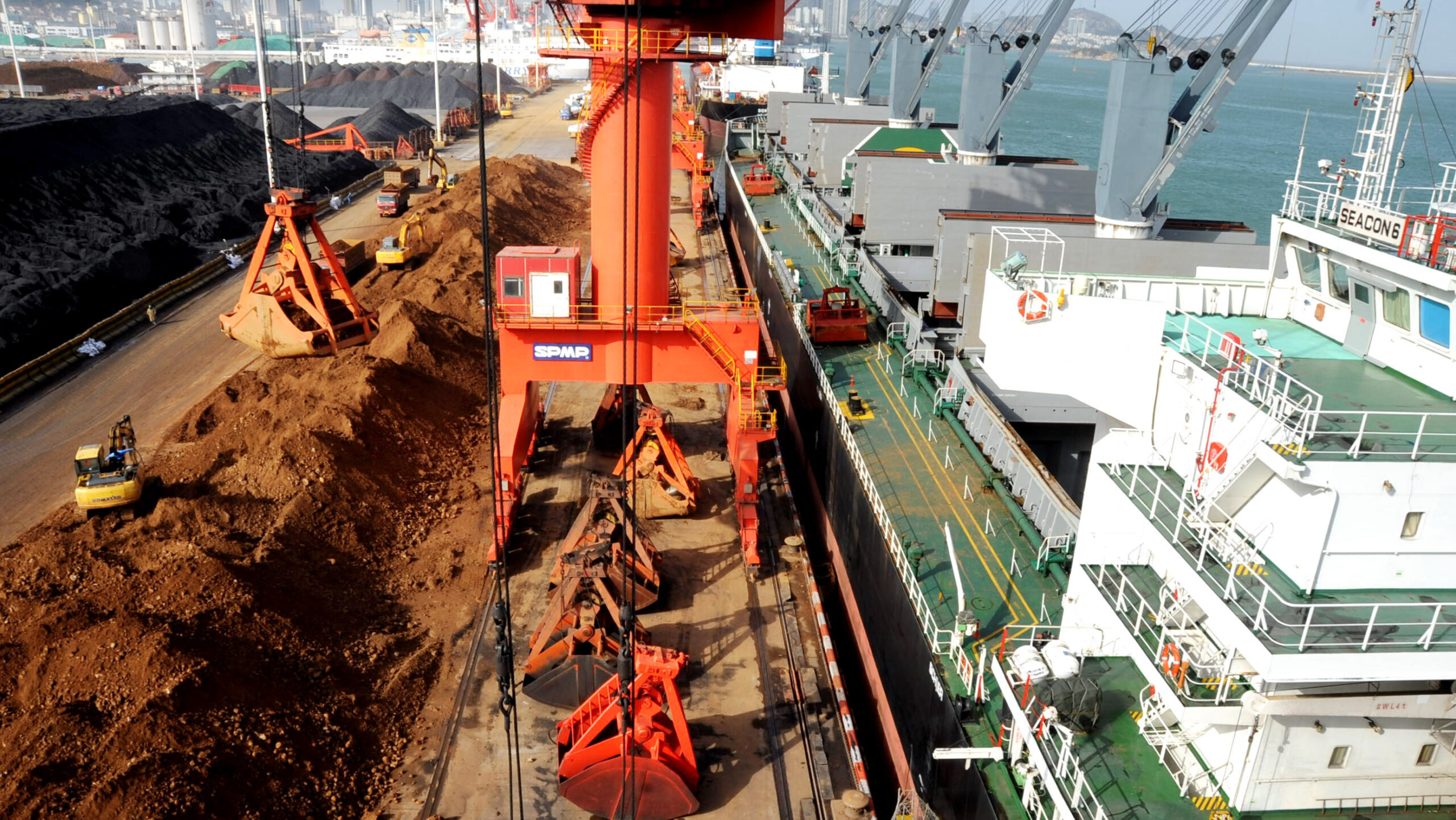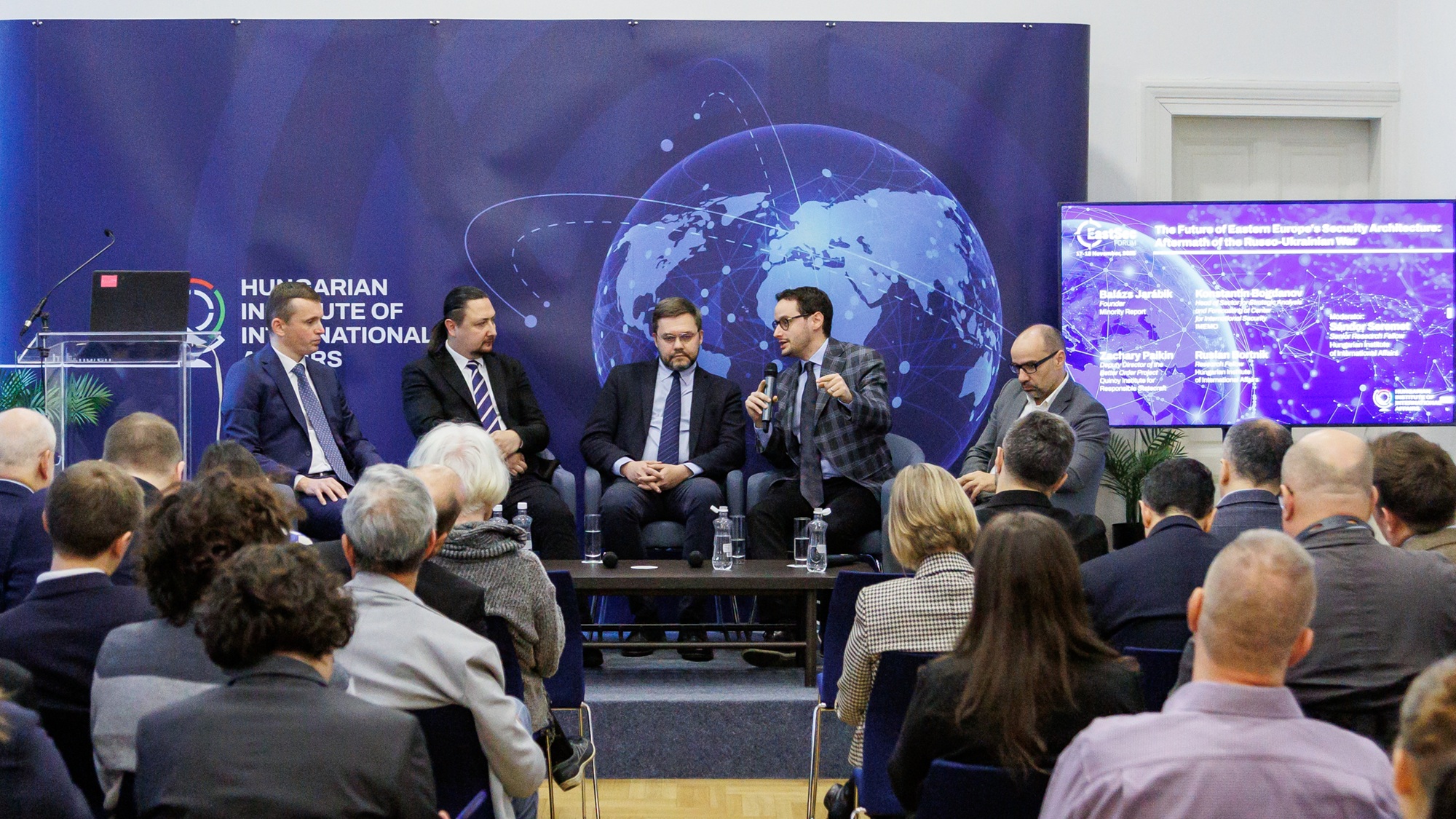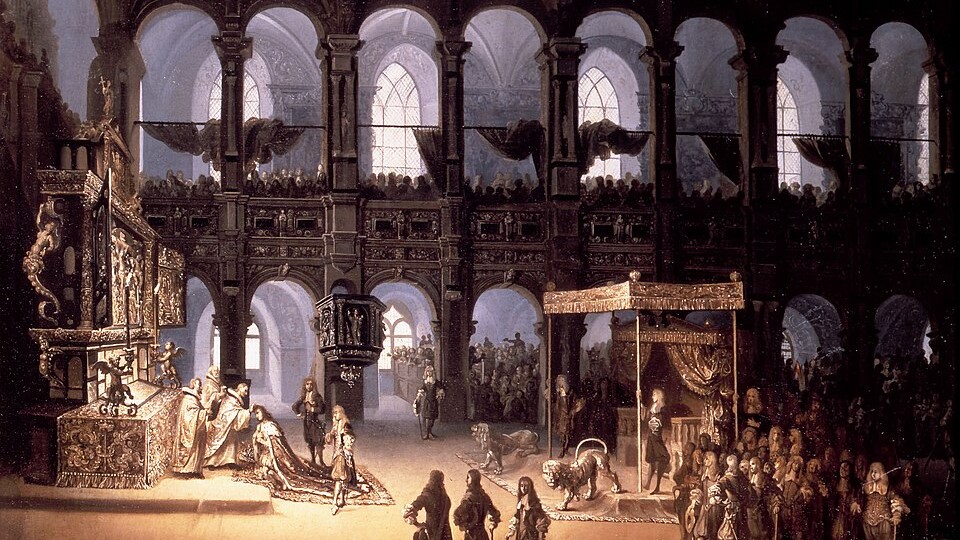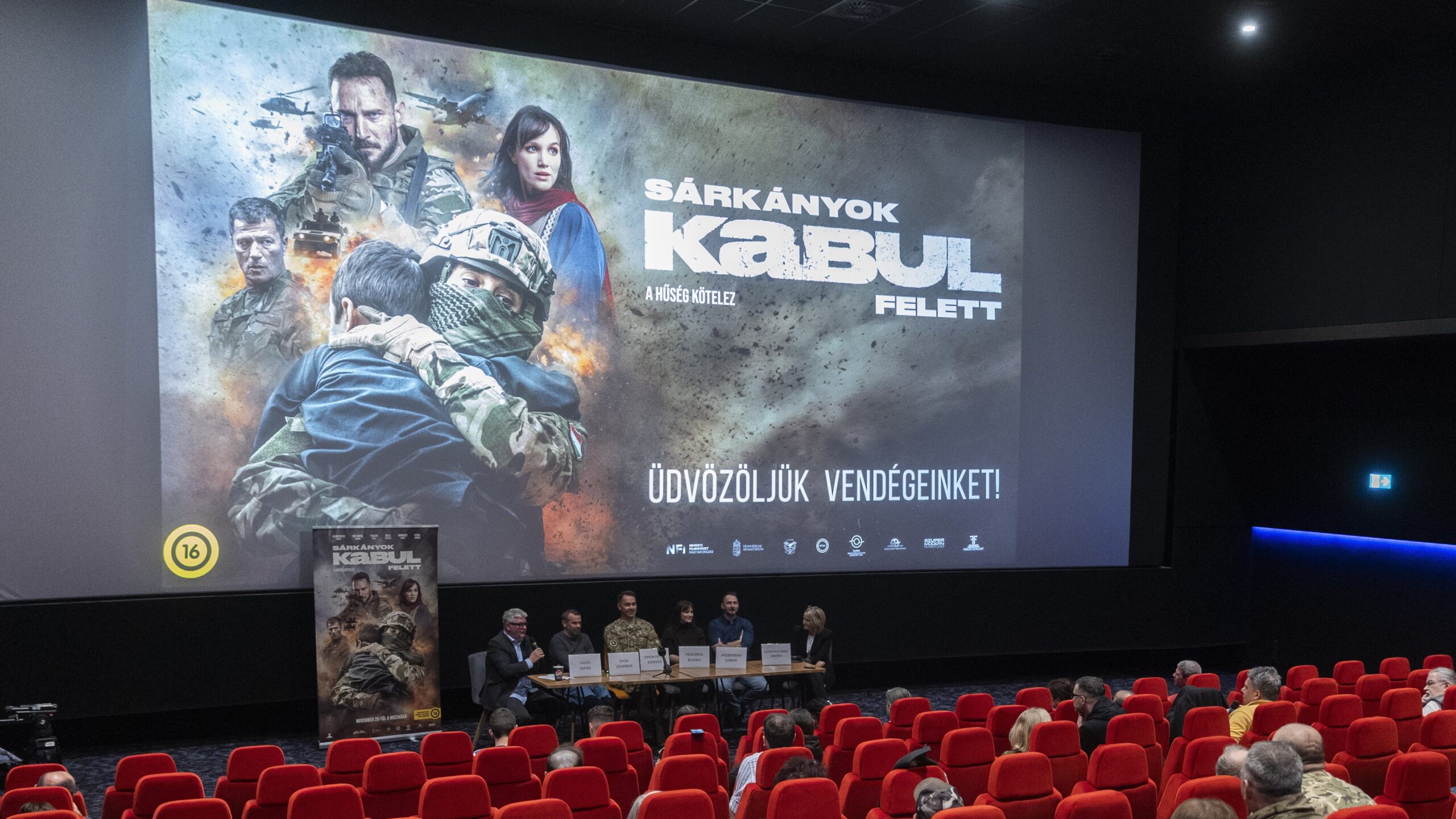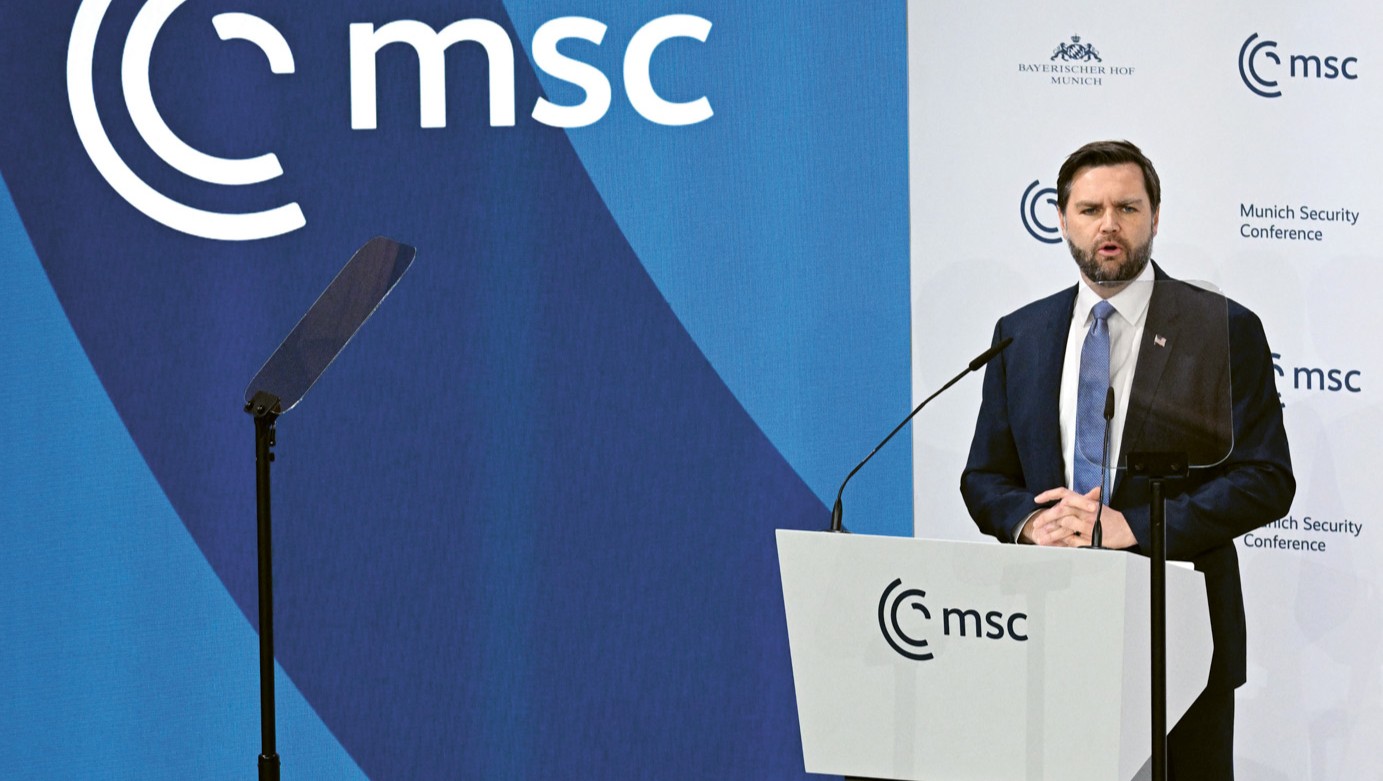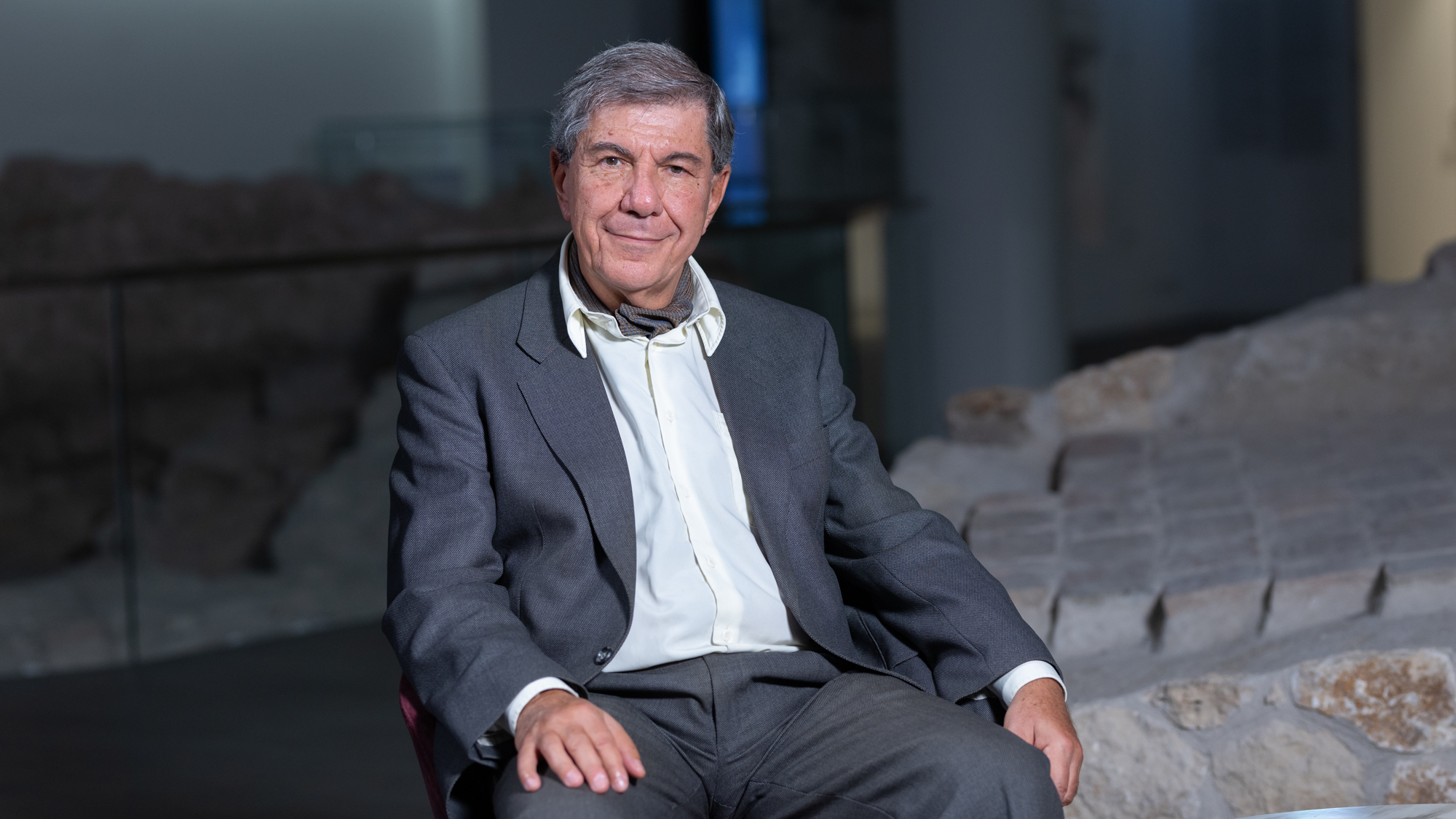
No Sign of a Russia–NATO War Coming — An Interview with Jacques Sapir
How long can Russia finance its war against Ukraine? Why hasn’t Russia won this war decisively? What is the most realistic outcome? We asked the French economist and Russia expert at the School of Economic Warfare in Paris about the state of the Russian war economy.

